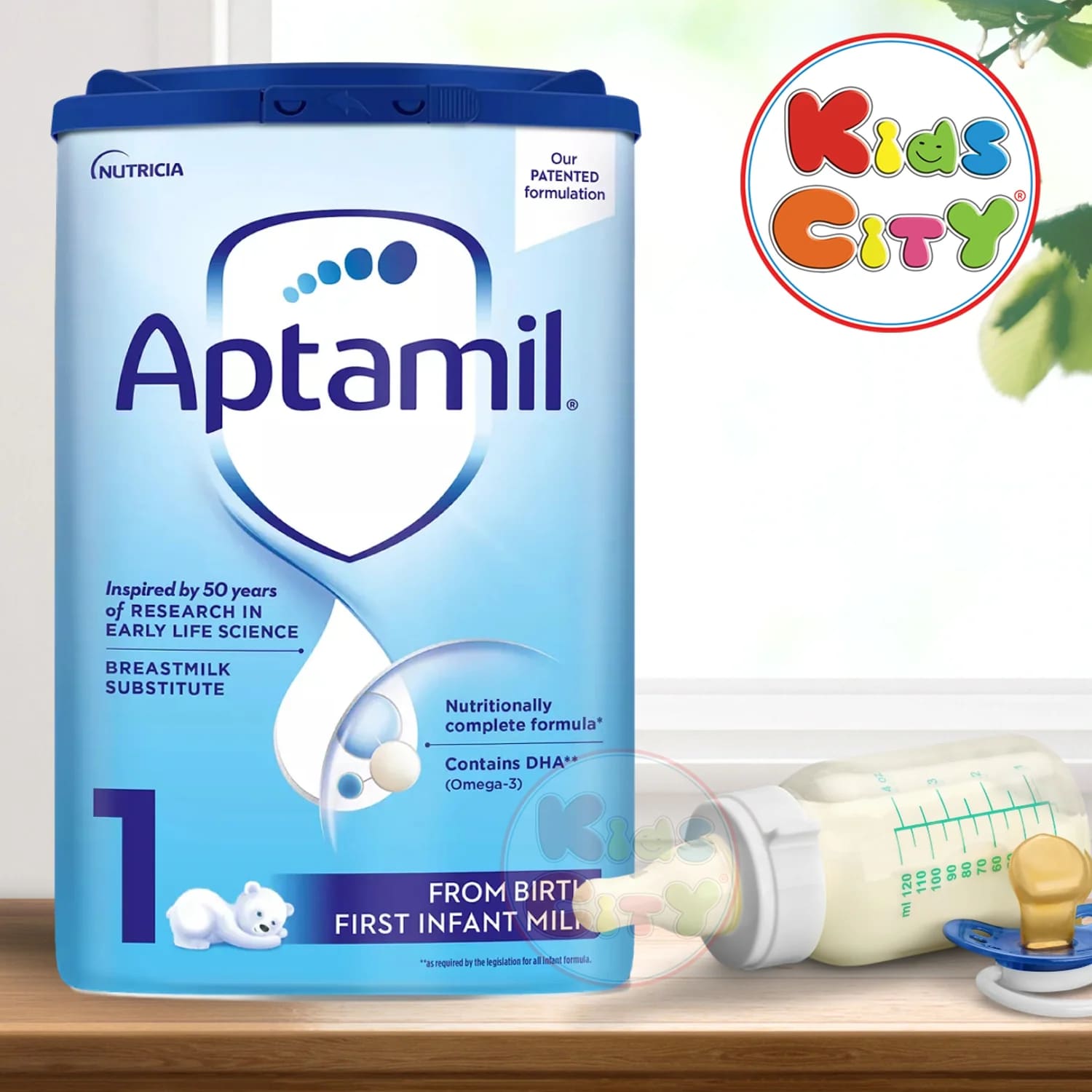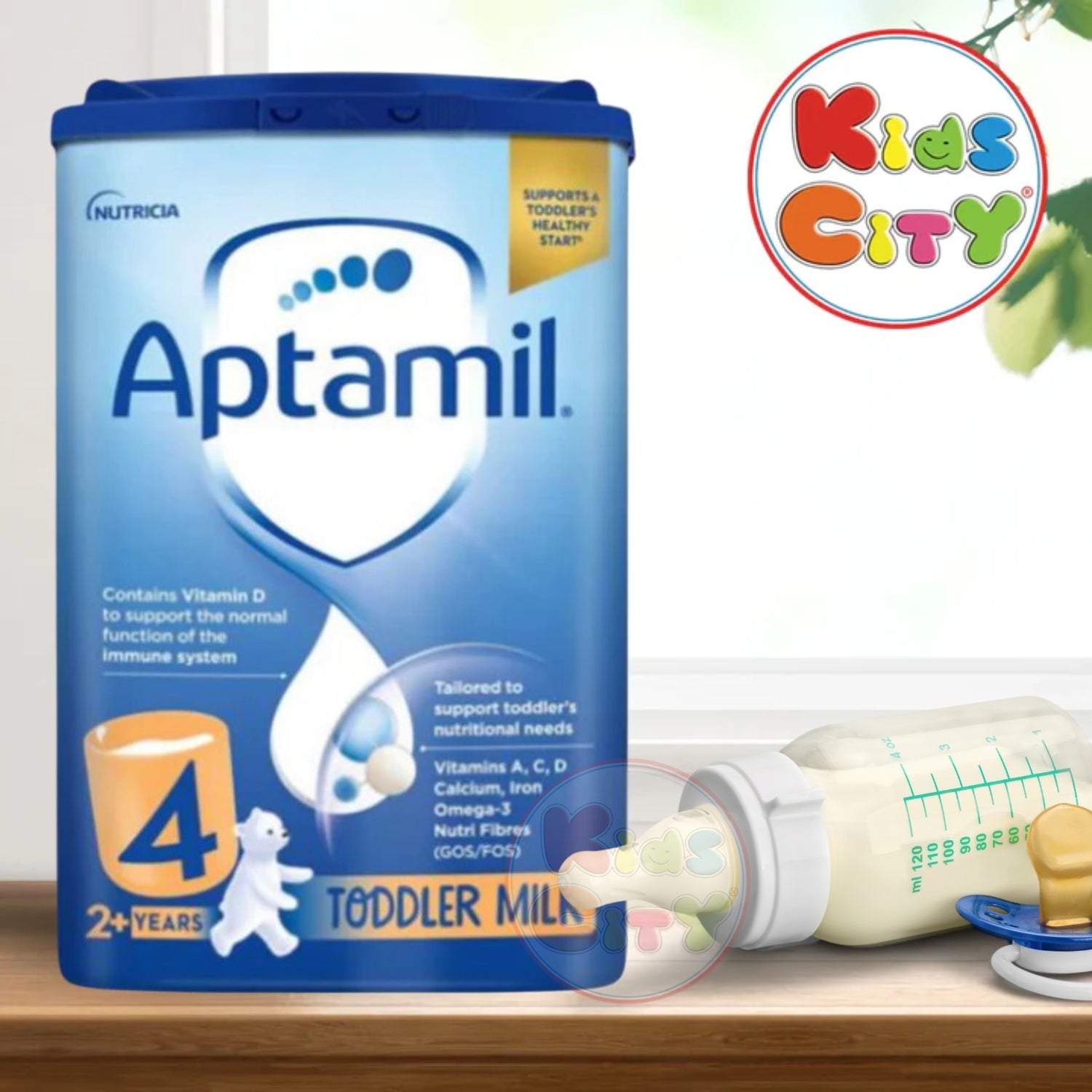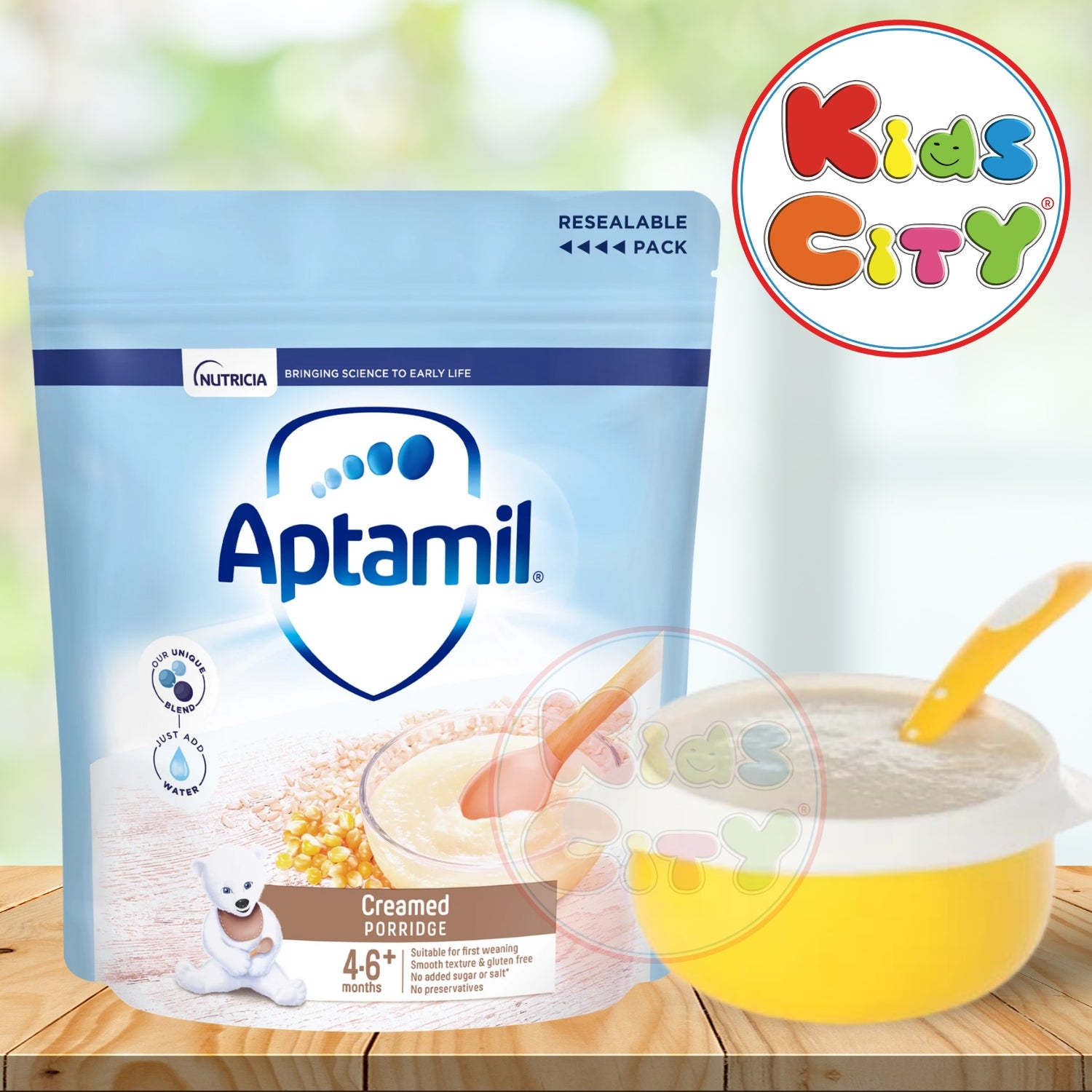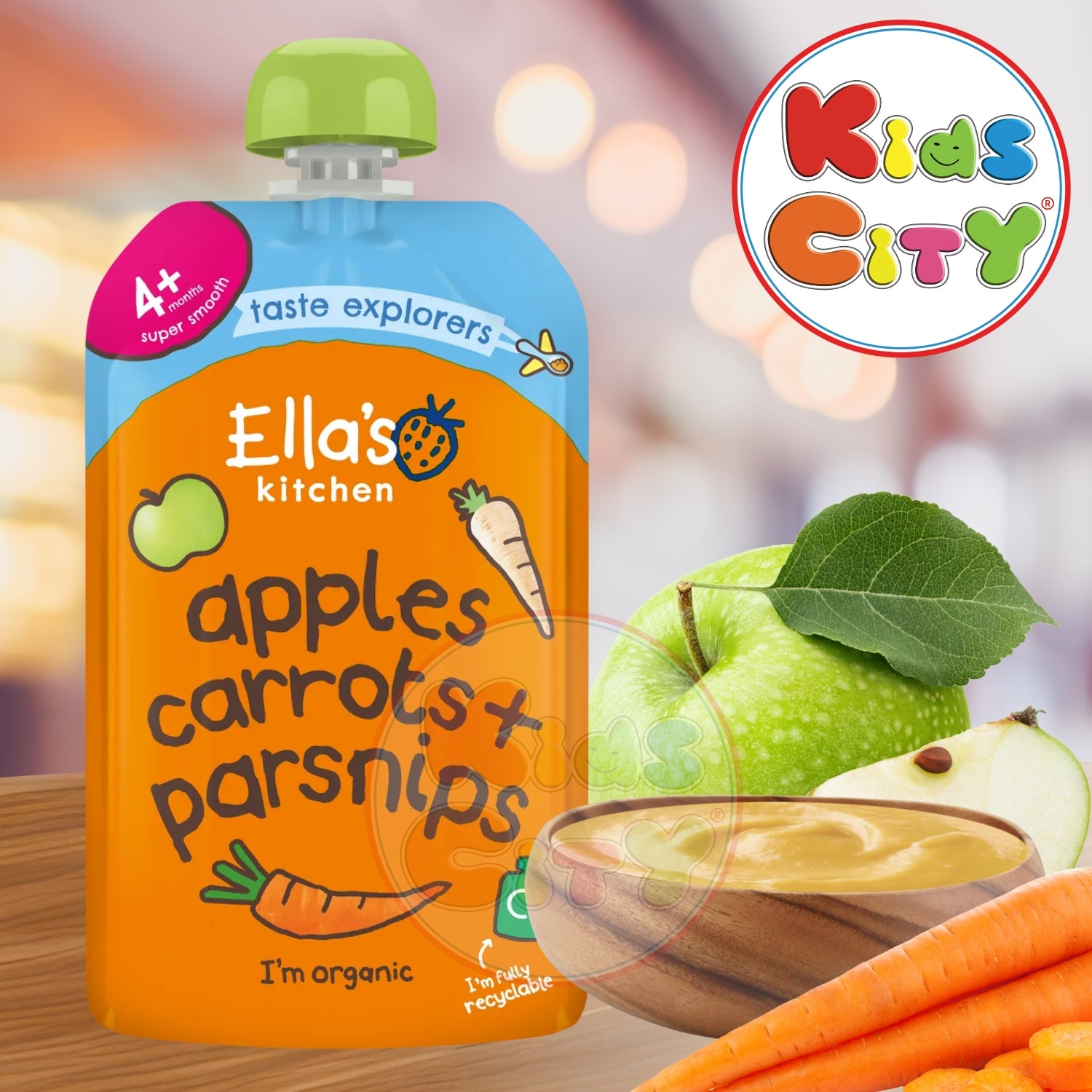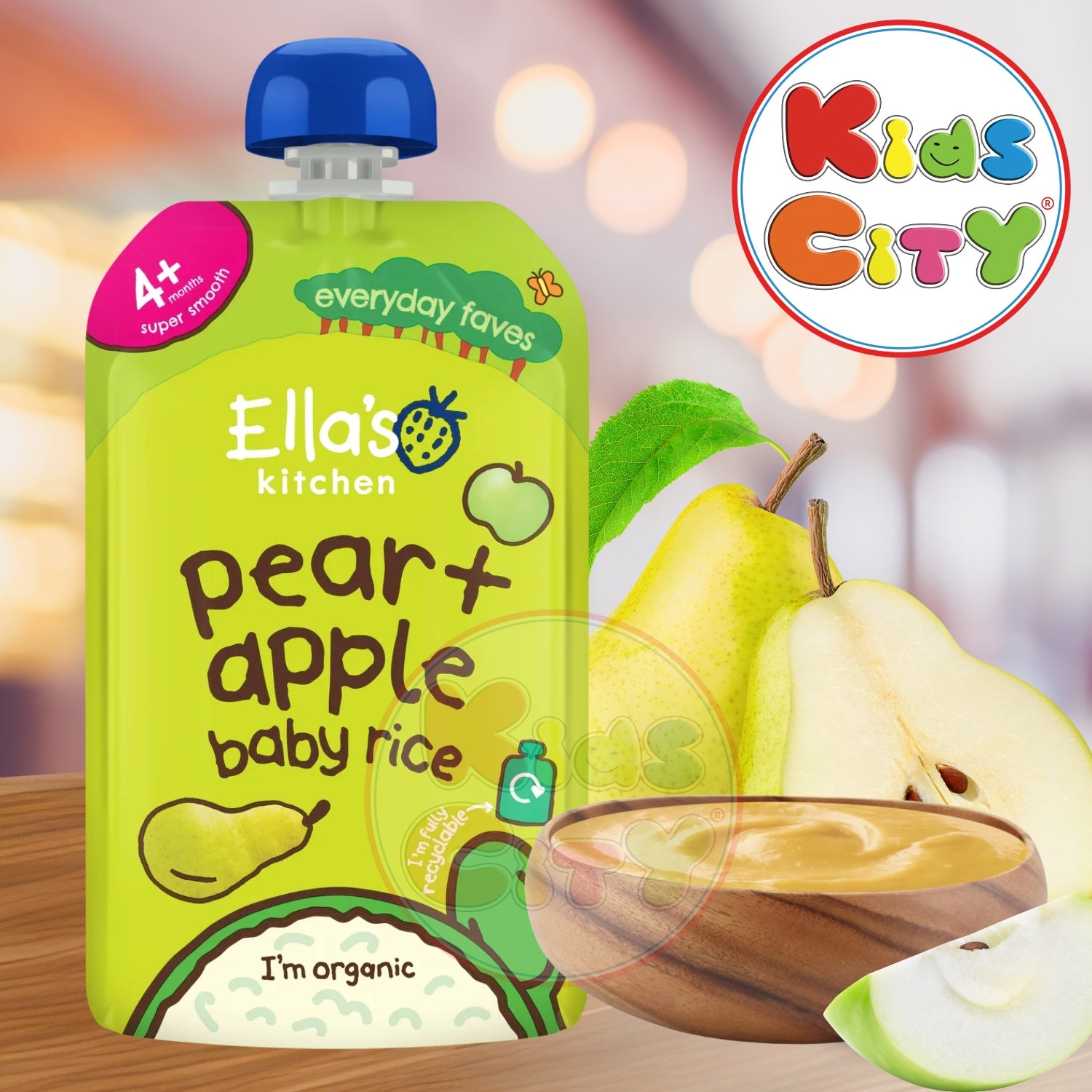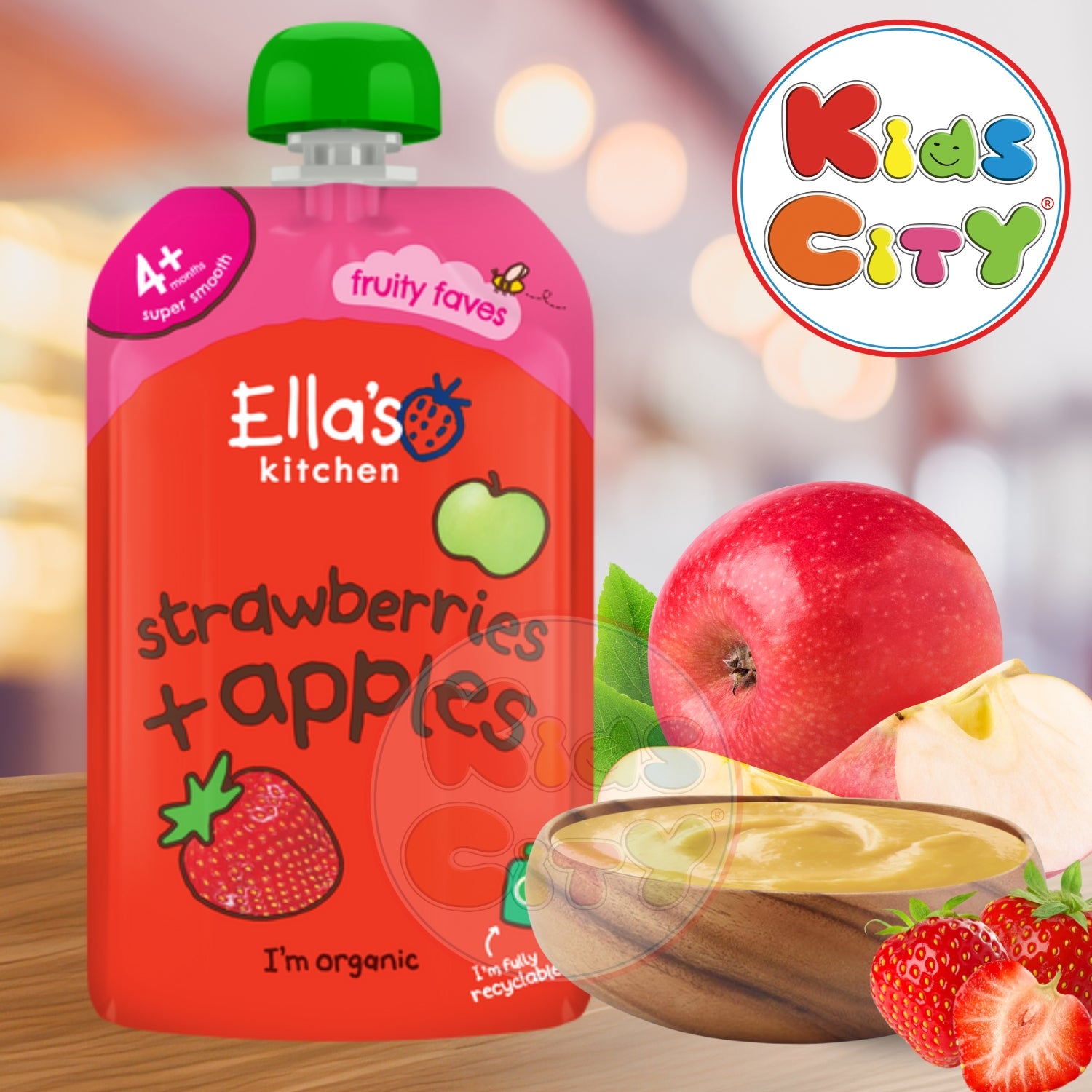Your cart is empty
Looks like you haven't added anything to your cart yet

How to Use Similac Milk Powder
Using Similac milk powder is a great way to provide your baby with the nutrition they need during their first months. This blog will cover everything you need to know about using Similac milk powder, including what it is, how to prepare it, when to feed your baby, and important tips to ensure your baby is safe and healthy.

What is Similac Milk Powder?
Similac milk powder is a type of infant formula designed to provide babies with essential nutrients. It contains proteins, fats, carbohydrates, vitamins, and minerals that help support a baby's growth and development. Many parents choose Similac because it is made to closely resemble the nutrients found in breast milk, making it a suitable alternative for those who may not breastfeed or need to supplement their baby's diet.
Benefits of Using Similac Milk Powder
-
Complete Nutrition: Similac provides complete nutrition for babies, including DHA and ARA, which are important for brain and eye development.
-
Easy to Digest: The formula is designed to be gentle on a baby’s stomach, helping to reduce fussiness and gas.
-
Convenience: Similac milk powder is easy to store and prepare, making it a convenient choice for busy parents.
-
Available in Different Variants: Similac offers different types of formulas, such as for sensitive stomachs or organic options, allowing parents to choose what works best for their baby.

What You Need to Prepare Similac Milk Powder
Before you start preparing Similac milk powder, gather the following items:
- Similac Milk Powder: Choose the right type based on your baby's needs.
- Clean, Sterilized Bottle: Ensure the bottle and nipple are sterilized to keep everything safe.
- Clean Water: Use bottled water or tap water that has been boiled and cooled to room temperature.
- Measuring Spoon or Scoop: A scoop is usually included with the Similac can for accurate measuring.
Step-by-Step Guide to Preparing Similac Milk Powder
-
Wash Your Hands: Always wash your hands thoroughly with soap and water before handling formula and bottles. This is important to prevent germs from getting into the milk.
-
Boil the Water: Boil water and let it cool down to room temperature. This process helps to kill any bacteria in the water.
-
Measure the Water: Pour the correct amount of cooled water into the sterilized bottle. Typically, it is 2 ounces of water for each scoop of formula. Check the instructions on the Similac can for precise measurements.
-
Add Similac Milk Powder: Use the measuring scoop that comes with the formula can. Add the right number of scoops to the water in the bottle. For example, if you have 4 ounces of water, you would add 2 scoops of Similac powder.
-
Mix Well: Secure the nipple on the bottle tightly. Shake the bottle gently until the powder is completely mixed with the water. Ensure there are no lumps and the mixture is smooth.
-
Check the Temperature: Before feeding your baby, check the temperature of the formula. Drop a few drops on the inside of your wrist. It should feel warm, not hot. If it’s too hot, let it cool down a bit.
-
Feed Your Baby: Hold your baby in a comfortable position while feeding. Make sure they are supported and relaxed. Allow your baby to drink at their own pace.

When to Feed Your Baby Similac Milk Powder
-
Newborns (0-1 Month):
Newborns typically feed every 2 to 3 hours. Offer Similac milk powder whenever your baby shows signs of hunger, such as sucking on their fists or making rooting motions. -
Older Infants (1-6 Months):
As your baby grows, they may consume larger amounts at each feeding. You can continue to feed Similac every 3 to 4 hours, based on their hunger cues.
Important Tips for Using Similac Milk Powder
-
Store Properly:
After opening the Similac can, store it in a cool, dry place. Use the formula within one month for the best quality. Always close the lid tightly to keep it fresh. -
Avoid Microwaving:
Never heat the bottle in the microwave, as it can create hot spots and burn your baby’s mouth. Instead, warm the bottle in a bowl of warm water or under running warm water. -
Check for Leftovers:
If your baby does not finish the bottle, discard any leftover formula. Do not save it for later, as it can spoil quickly. -
Consult Your Doctor:
If you have any questions about feeding your baby Similac milk powder or if your baby has specific dietary needs or allergies, consult your pediatrician. -
Observe Your Baby:
Pay attention to how your baby responds to the formula. Look for signs of happiness and comfort after feeding. If your baby seems to have digestive issues, such as excessive gas or fussiness, talk to your doctor about trying a different formula.
Common Concerns and Solutions
-
Constipation:
If your baby becomes constipated, talk to your doctor. Sometimes, changing the formula or adjusting the feeding schedule can help. -
Fussiness or Gas:
If your baby seems fussy after feedings, they may be sensitive to the formula. Consult your pediatrician for advice on how to address this. -
Allergic Reactions:
Watch for signs of an allergic reaction, such as rashes or swelling. If you notice any of these symptoms, stop using the formula and contact your doctor immediately.

Using Similac milk powder can provide your baby with the essential nutrients they need for healthy growth and development. By following the steps outlined in this guide, you can easily prepare and feed your baby Similac milk powder. Always remember to keep everything clean, store the formula properly, and consult your pediatrician if you have any questions or concerns. Enjoy this special time with your little one as they grow and thrive!
- Choosing a selection results in a full page refresh.

